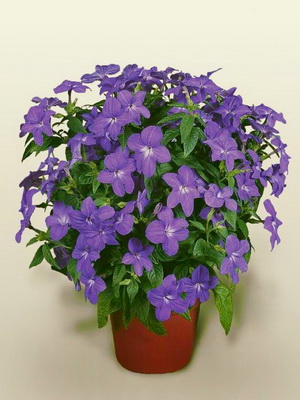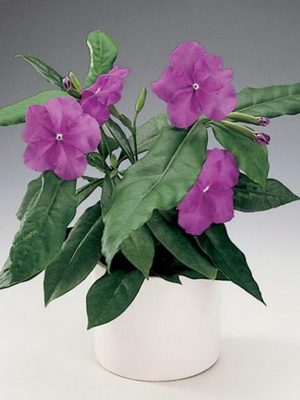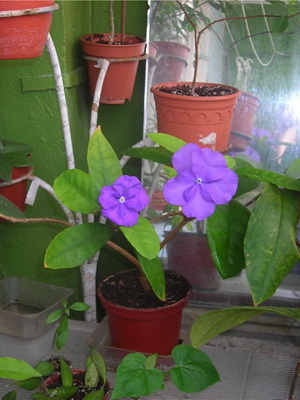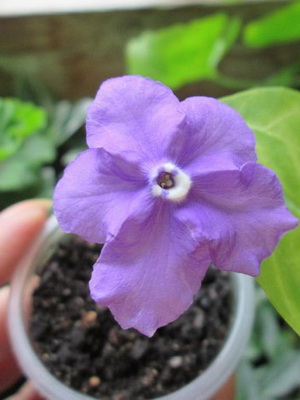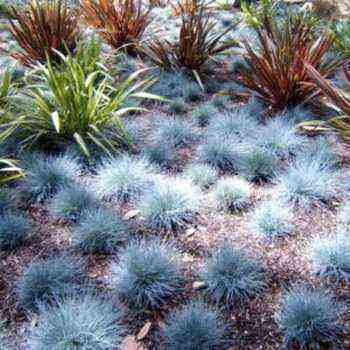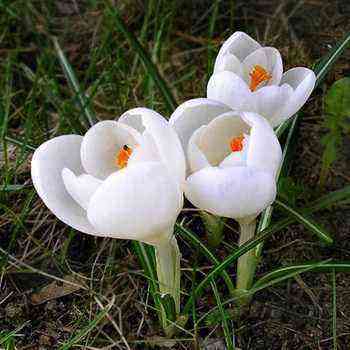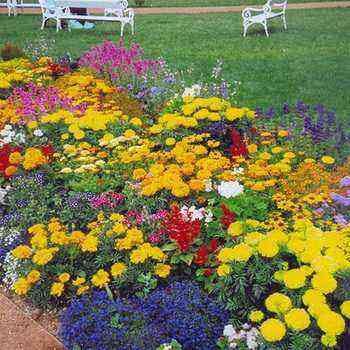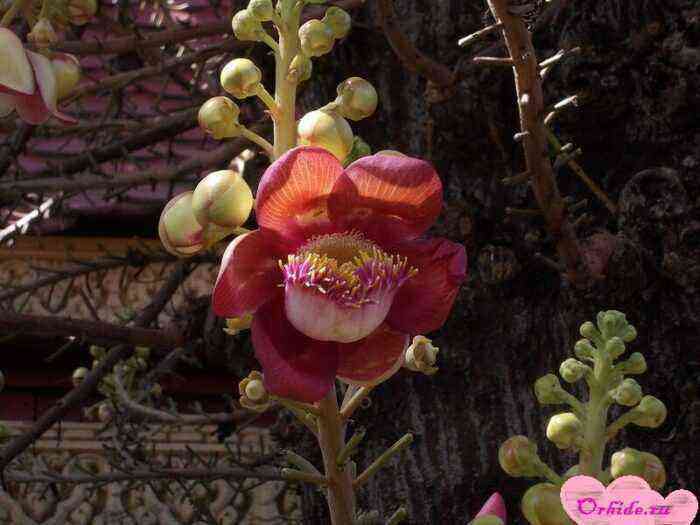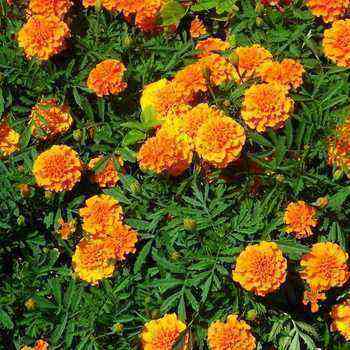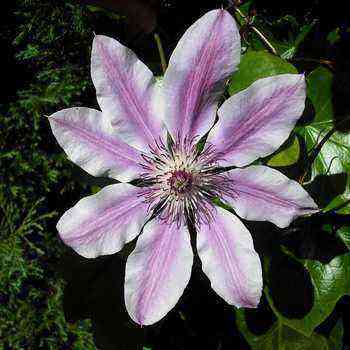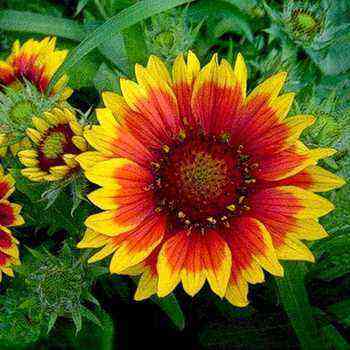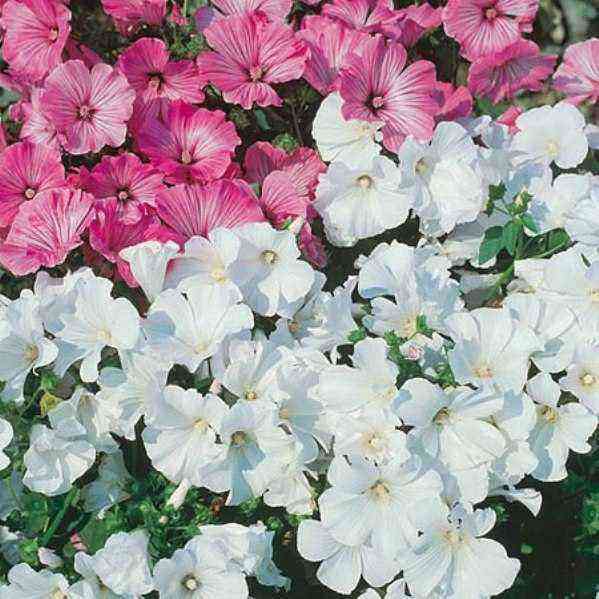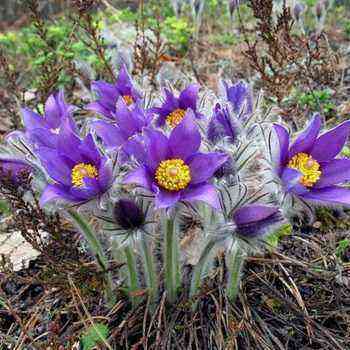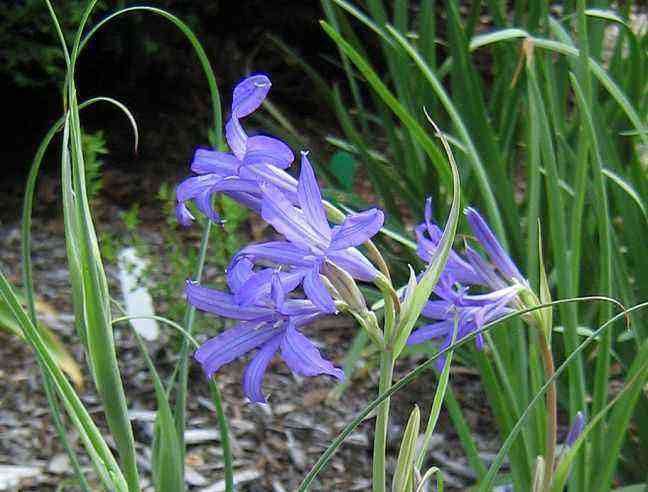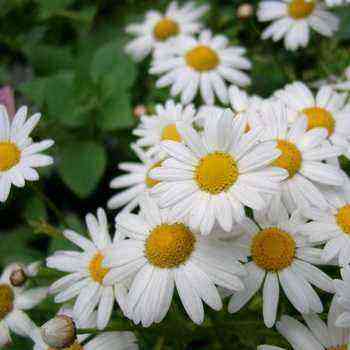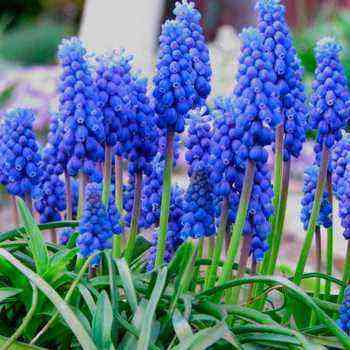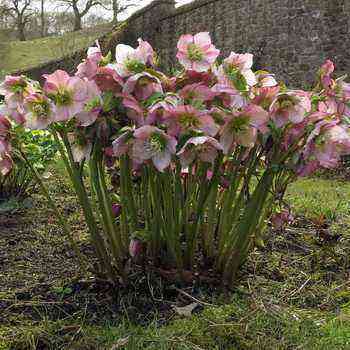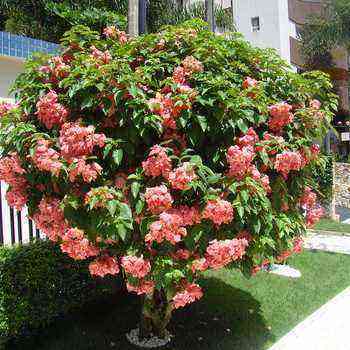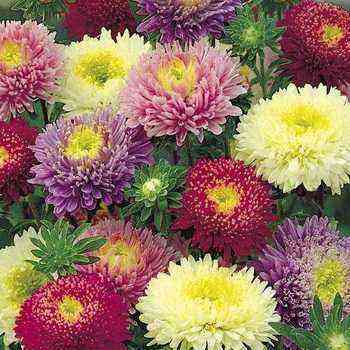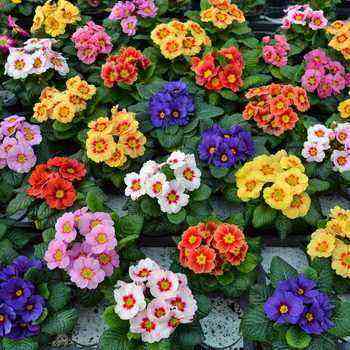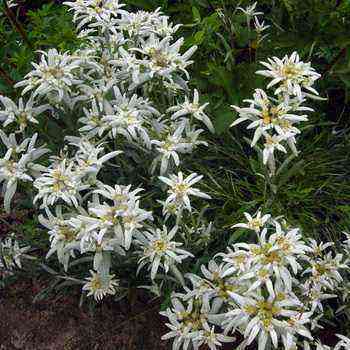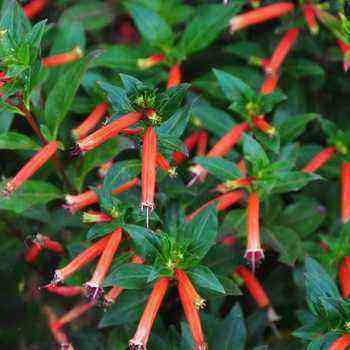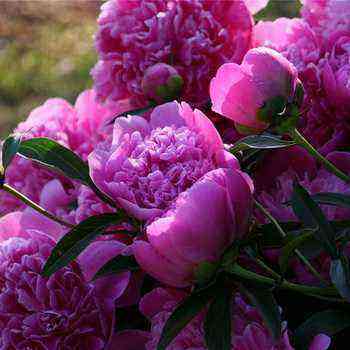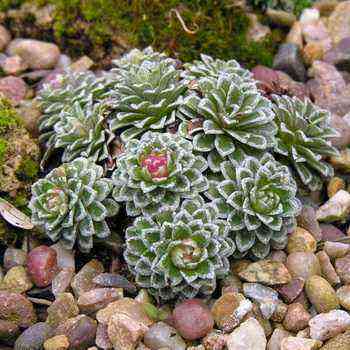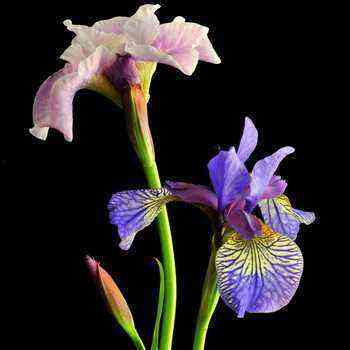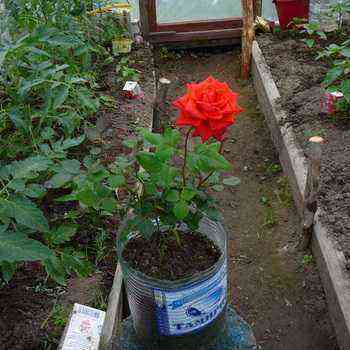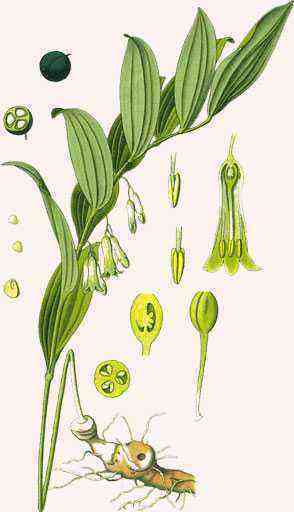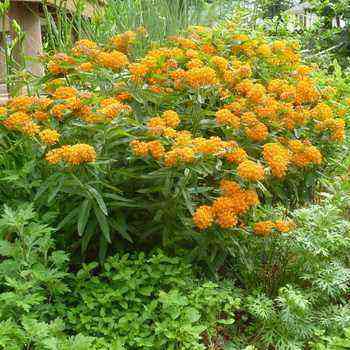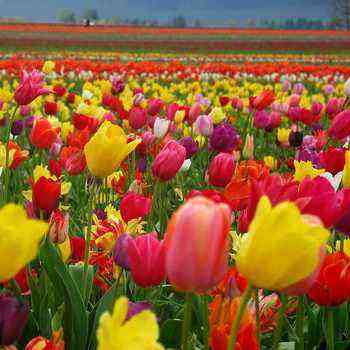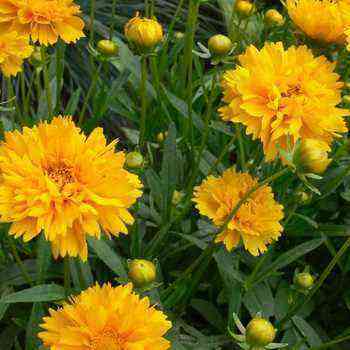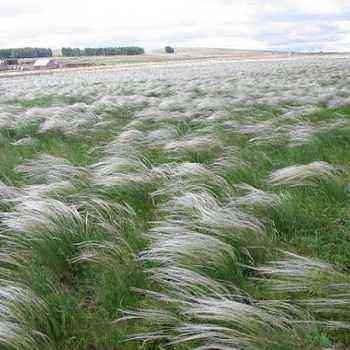
Types and varieties of the brunfelsia plant
More than 40 varieties of this beautiful shrub are known all over the world. Basically, they are all grown outdoors in countries with a humid warm climate.
Brunfelsia flower types:
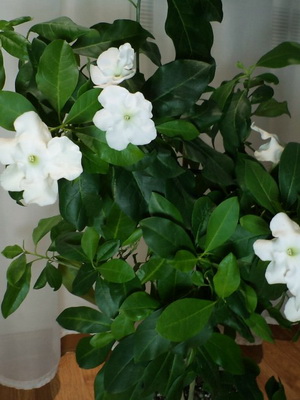
American (B. americana) .
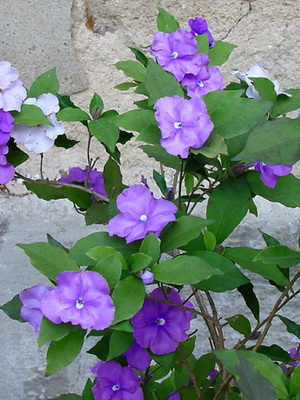
Small-flowered (B. pauciflora).

One-flowered (B. uniflora) .

Cupped (B. calycina).

Australian.
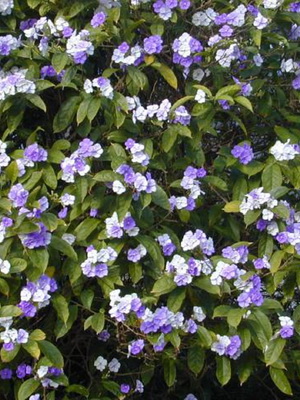
Densely flowered.

Large-flowered.

The American variety of the brunfelsia shrub has a very pleasant aroma and white flowers that turn yellow when flowering ends. People often call the plant “Night Beauty” or simply “Americana”.

The small- flowered Brunfelsia flower is a small shrub that blooms throughout the year. Of all the varieties, it stands out for the special abundance of the formation of inflorescences.
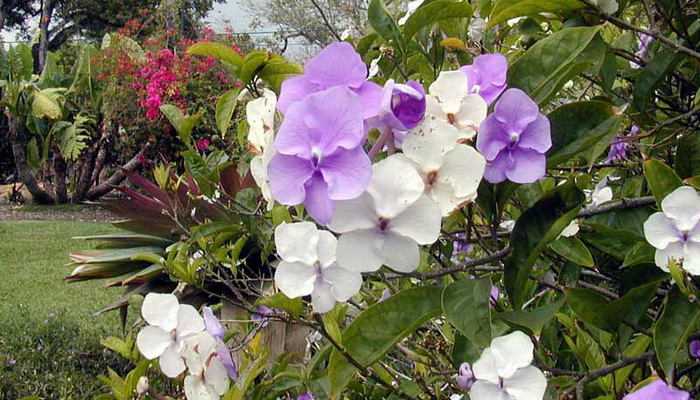
One-flowered brunfelsia is one of the largest representatives of the genus. It has thick, dark green leaves up to 10 cm long. The flowers reach a diameter of 2.5 – 3 cm and grow one at a time. Their color varies from lilac to light blue or almost white shades.
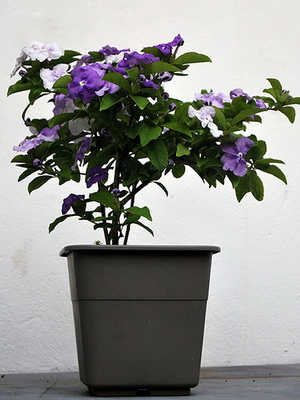
The cup-shaped Brunfelsia shrub has a special corolla shape – in the form of a deep cup, from which slightly wavy petals peep out. The diameter of the flowers reaches 5 cm. The period of abundant flowering lasts from February to March.
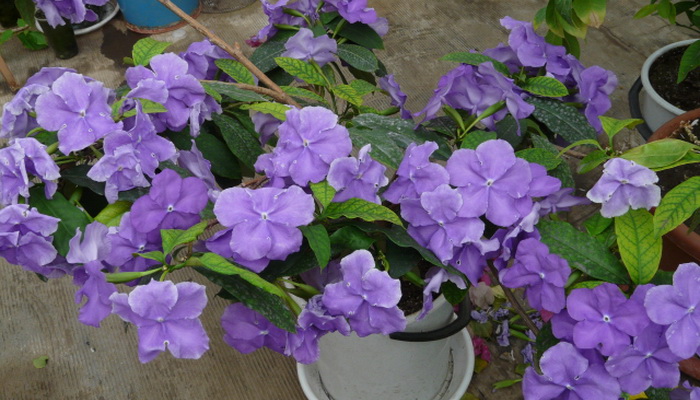
The Australian type of brunfelsia is the most compact and graceful. It has large flowers up to 6 cm in diameter, which abundantly cover the surface of the shrub.
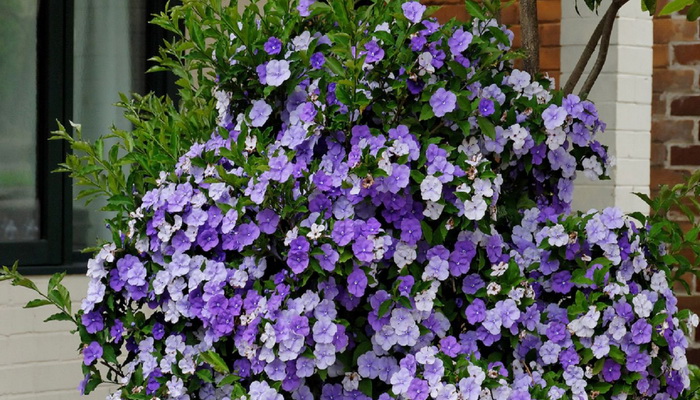
The dense-flowered Brunfelsia variety is quite rare in home gardening. The main feature of the shrub is its elongated and narrow leaves. Large flowers reach 14 cm in diameter. Inflorescences are “suspended” on long stems. The color range of flowering ranges from beige to white.
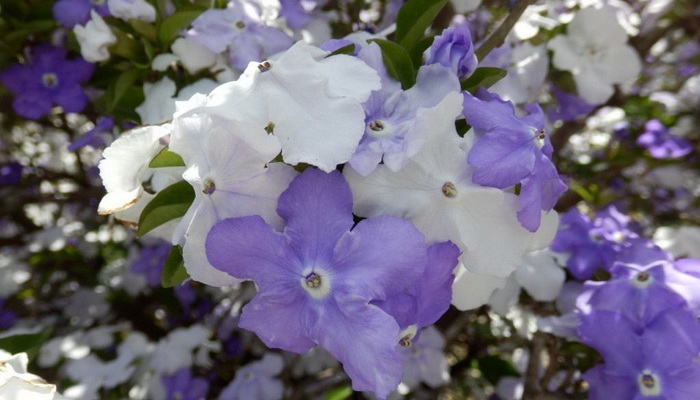
The large-flowered species of Brunfelsia or Grandiflora, under favorable conditions, can bloom from spring to autumn. The flowers are tubular and can change color within 3-4 days.
Look at the photos of the Brunfelsia shrub species provided in the article below:
Brunfelsia care: watering, feeding and transplanting
The requirements for the environment for growing a shrub are quite simple. Brunfelsia prefers bright, sunny rooms. In summer, it must be shaded from bright sunlight. It is best to place the plant on the west and east windows.
The temperature of the content in the summer is 20-25 ° С, in the winter – 10-12 ° С. The flower is not afraid of the heat, but it has an extremely negative attitude towards freezing, since it is a tropical plant culture.
Brunfelsia care in terms of watering is simple. Watering is regular in summer and moderate in winter. Does not need spraying. It is a moisture-loving plant that requires weekly moistening of the soil with soft, settled water at room temperature. It is especially important to monitor the moisture of the earthy coma during flowering and active growth. In the cold season, it is better to reduce the amount of watering by 1.5-2 times. Excessive moisture and low temperatures can lead to decay of the root system.
For the full development of the plant, a loose and light soil is required. A mixture of leaf and sod land, peat and sand in a ratio of 2: 2: 1: 1 is perfect. The reaction should be acidic (pH 5.5-6.8). As a container for planting, it is best to give preference to spacious and large pots. It is a fairly large plant that needs room to grow. The main condition for planting a flower is a drainage layer at least 2 cm thick to remove excess moisture.
Caring for brunfelsia at home includes such an important factor as feeding. This is necessary for the full development of the shrub. During the period of growth and flowering, they are fed every 10 days with full mineral fertilizer. Ready-made fertilizer mixtures can be purchased at any specialized store.
Transplant up to 4 years annually, then every 2-3 years. The process of renewing the topsoil is carried out before the beginning of the growing season.
How to root brunfelsia: breeding methods
Shrub propagation can be done in several ways:
- Apical cuttings using growth stimulants.
- Perhaps by seeds.
Rooting a Brunfelsia flower vegetatively is the easiest way to propagate. To do this, it is necessary to cut off the stiff process of the bush. The procedure is best done with a sharp knife or garden pruner. Healthy adult shoots are suitable for germination, the internodes of which are calculated in more than three pieces per copy. Suitable cuttings are soaked in a stimulating solution for 1 hour, and then planted in fresh potting soil. After that, be sure to water the seedling and cover with thick plastic or a bottom cut from a plastic bottle. The first roots should germinate within 5-6 months. Until this moment, it will be better if the plant is in a mini greenhouse.
How to root a Brunfelsia flower using seeds is no big deal. For this, the planting material is scattered on moistened peat soil, and then a home greenhouse is created. You can do it using the materials specified in the previous method. Spraying is done alternately every other day. Rooting signs will appear within the next 4-6 months. After this, transplanting into small pots is required.
Brunfelsia pests and diseases
Photos and descriptions of the ailments of the Brunfelsia flower are provided below. The most common shrub pests are:
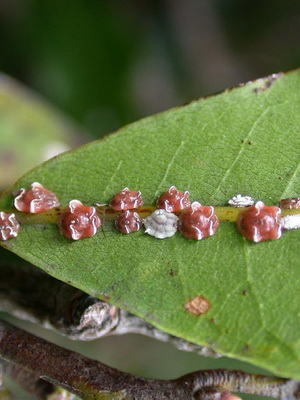
Shield .
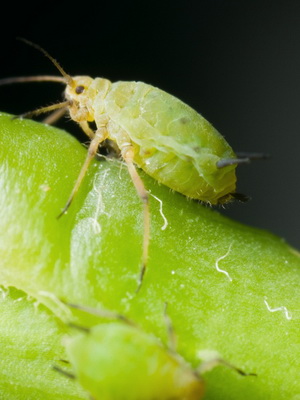
aphid .
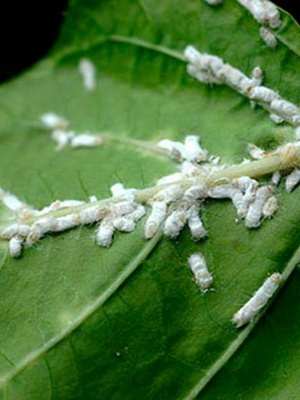
Mealybug.

Whitefly.
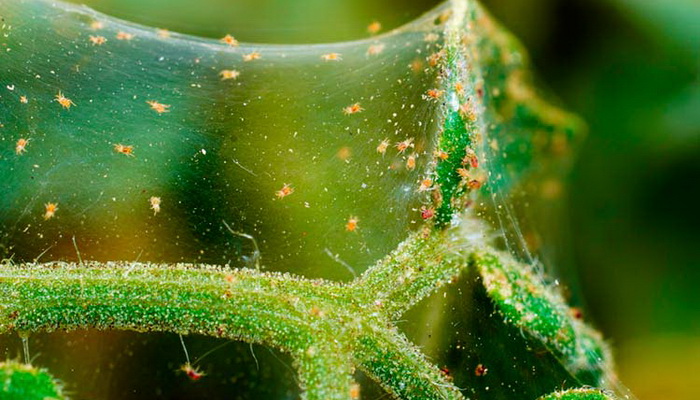
Spider mite.
In the presence of the first signs of the appearance of these insects, it is necessary to undergo a course of treatment with special disinfectants. For even greater effectiveness of the treatment, it is advisable to process with soapy water, and then remove insects with the help of insecticides or actellic (18-20 drops per 1 liter of water).
A picky brunfelsia plant, due to improper care, can be subject to a number of diseases:

Root rot.
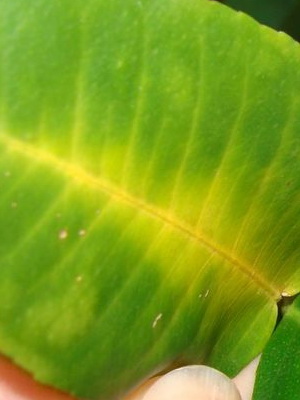
Chlorosis of the leaves.
Rotting of the root system occurs due to excessive moistening of the earthy coma or in the absence of proper drainage. When such an ailment appears, it is worth replacing the soil mixture with the flower, removing rotten processes and providing an air gap in the pot. It will be advisable to reduce watering during the rehabilitation period.
In the presence of the second disease from the above list, the main symptom is discoloration and shedding of leaf plates. An ailment develops when the chlorophyll secretion of the plant is disturbed. To prevent the onset and spread of chlorosis, you should choose the right nutrient substrate, regularly feed the flower with complex mineral fertilizers and observe the acidity of the soil.

